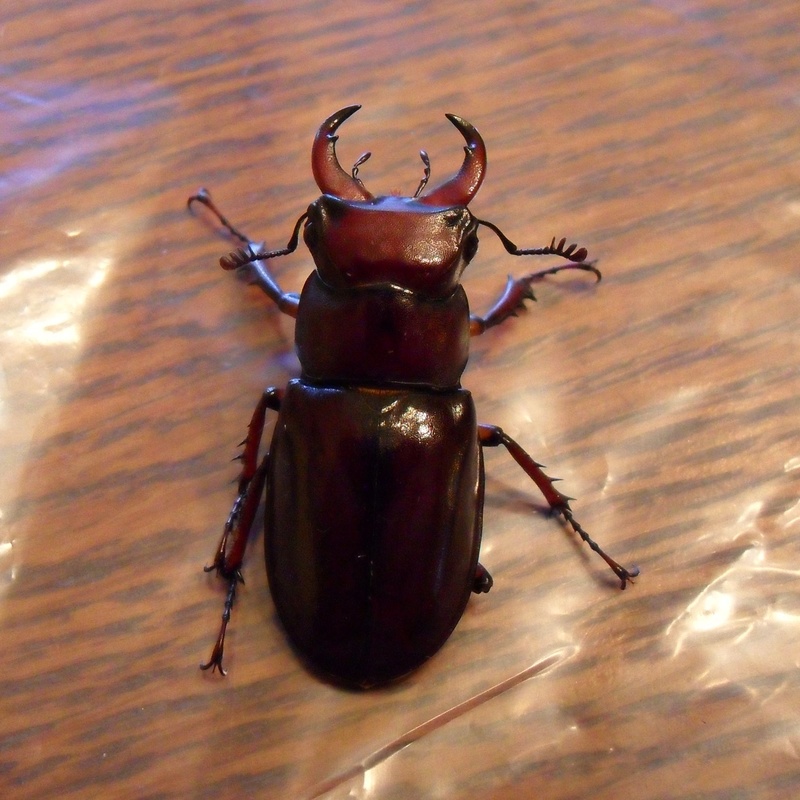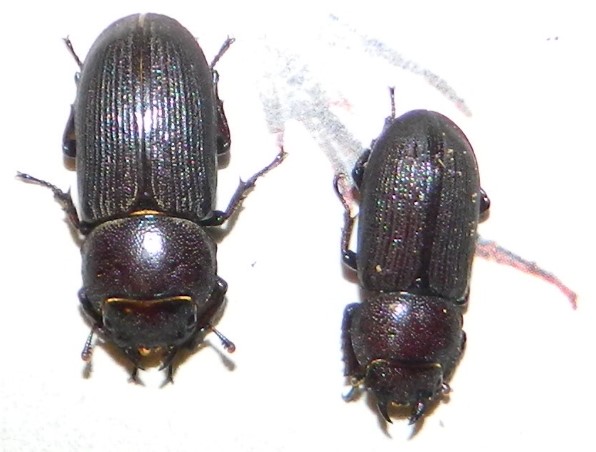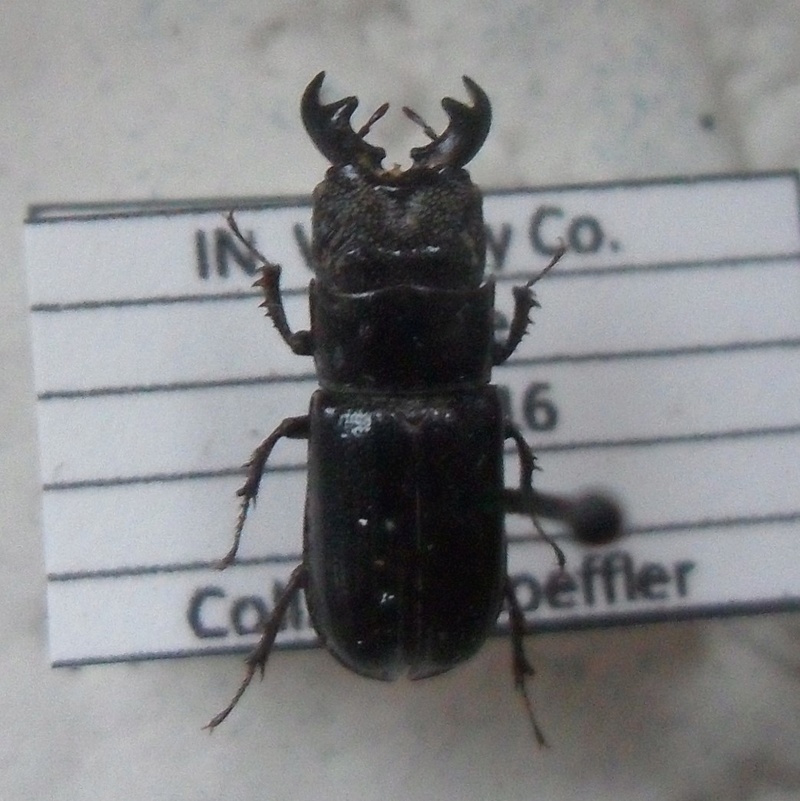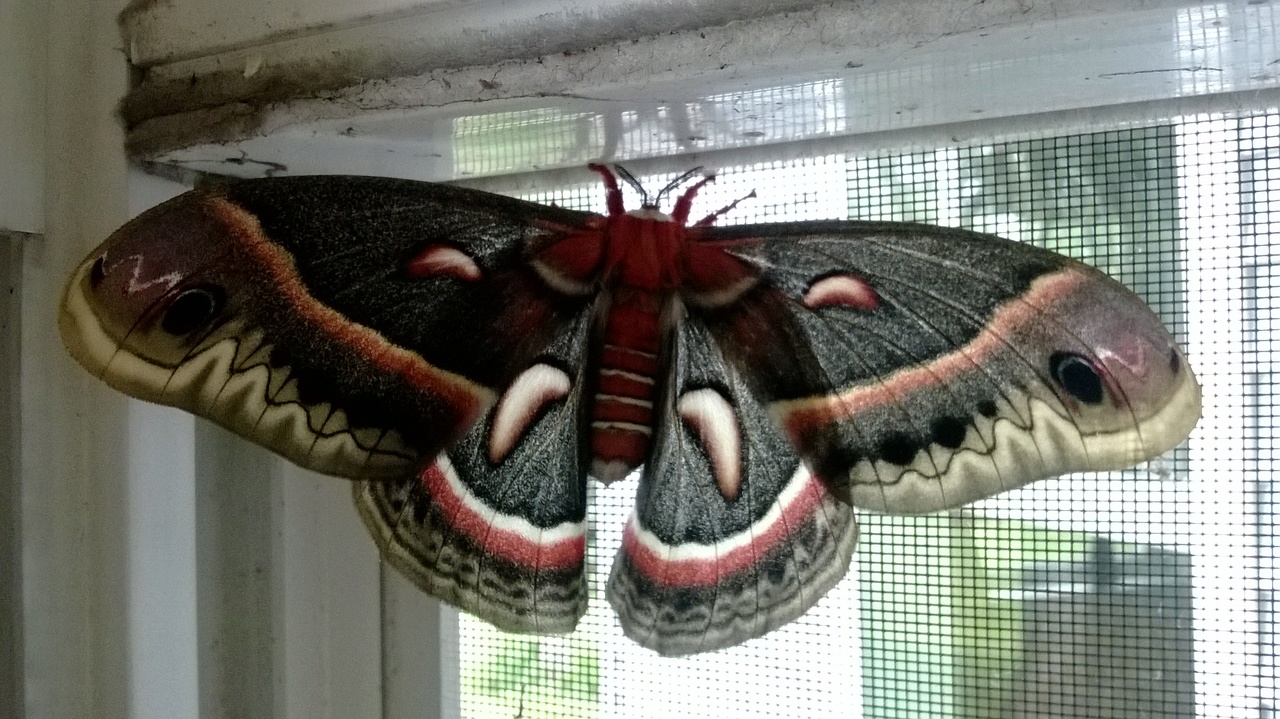Info on Lucanid care?
Page 1 of 1 • Share
I have never kept them... However I did do research at one point. Like most of them they feed on fruit... and require more space than a lot of other insects of the same size. I also read that once you have breeded them to remove the male from the container as he could pose a threat to the female.
- natureguy
 Advanced Member
Advanced Member
- Posts : 33
Points : 41
Join date : 2016-11-07
Never kept them like T.C. there, I sure as heck want to though.
- Praxibetelix
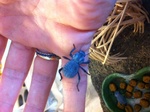 Experienced Member
Experienced Member
- Posts : 135
Points : 172
Join date : 2016-11-14
Age : 44
I did some research once after we caught a male, ended up releasing him...apparently you can feed them syrup or honey. The larvae are found in logs. Sorry I do not have very good information. We usually find them here in late summer, dead, laying on mulch at the park. The park we find the dead ones at has a large number of mature Oak and Maple trees.
Last year I found a large male Dorcus parallelus and I kept him for a couple months hoping I would find a female. I never did so I decided to pin him because of his large size for that species. Last year I also came across a tiny lucanid called Ceruchus piceus. I also found one male lucanus capreolus(Common yellow thighed stag beetle). Do you know what kind you find?
- Praxibetelix
 Experienced Member
Experienced Member
- Posts : 135
Points : 172
Join date : 2016-11-14
Age : 44
We find the reddish-brown colored stag beetle...Lucanus capreolus
- pannaking22Experienced Member

- Posts : 55
Points : 57
Join date : 2016-12-27
mothman27 wrote:Any information on caring for/breeding Lucaniidae?
Larvae need lots of rotting wood to complete development, though you can add a handful of leaves as well if you want. If you can break the wood apart with your hands, it should be about right for them to eat. If it doesn't break, it's too hard, if it crumbles into dust it's too soft (some crumbling is ok though). They tend to eat quite a bit, though not as much as most large scarabs.
You'll probably want to add new substrate as needed and change it every few months when there looks to be too much frass. When you change it, make sure the new substrate mixture has a generous amount of the old food/frass, otherwise the beetle can stress to death.
Adults can be given overripe fruit, beetle jellies, or a maple syrup/water mixture. They don't live all that long (whereas the larval stage can take several years depending on the species). Make sure there is ample rotting wood in the enclosure to stimulate mating and egg laying. Once you have larvae, you'll want to separate them to an extent, though it largely depends on how big the enclosure is and how many larvae there are. If you have a lot, a little cannibalism never hurts.
- pannaking22Experienced Member

- Posts : 55
Points : 57
Join date : 2016-12-27
Forgot to say, when it comes to rotting wood, hardwoods only. Oak and maple are the best. Softwoods can release compounds that will kill larvae over time and discourage egg laying in females.
- fords8
 Experienced Member
Experienced Member
- Posts : 99
Points : 129
Join date : 2017-10-30
Thanks for the info guys.
- Sponsored content
Similar topics
Create an account or log in to leave a reply
You need to be a member in order to leave a reply.
Page 1 of 1
Permissions in this forum:
You cannot reply to topics in this forum
 Home
Home





 mothman27 11/11/2016, 10:21 am
mothman27 11/11/2016, 10:21 am
